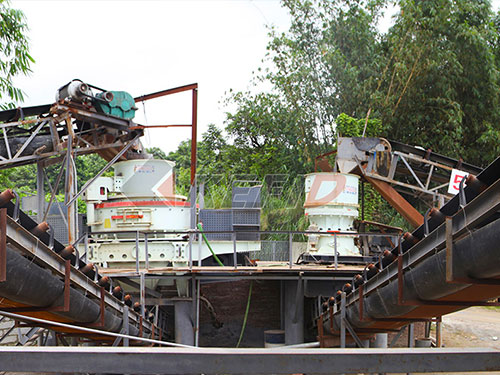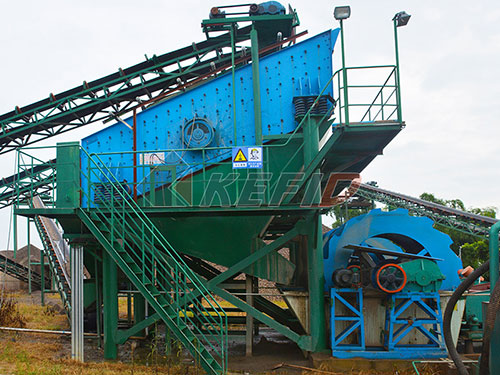Demystifying Iron Ore Crushers: Types and Selection Principles
The efficient reduction of raw iron ore from mine face to a size suitable for beneficiation and subsequent processing is a critical step in the steel production chain. Crushers perform this essential task, breaking down massive lumps into manageable fragments. Understanding the different types of crushers used in iron ore processing is vital for optimizing operations, maximizing throughput, and minimizing operating costs. This article explores the primary crusher types employed in the iron ore industry.

The Core Objective: Size Reduction
Iron ore typically arrives at a processing plant as large, hard lumps, sometimes exceeding 1 meter in diameter. The primary goal of crushing is to reduce this material to a size range (often between 6mm and 30mm) suitable for efficient grinding in mills or direct feed into beneficiation processes like magnetic separation or flotation. Crushing usually occurs in stages:

1. Primary Crushing: The first stage, handling the largest feed sizes directly from the mine.
2. Secondary Crushing: Further reduces material from the primary stage.
3. Tertiary/Quaternary Crushing: (Sometimes needed) Achieves finer product sizes for specific processes.
Dominant Crusher Types in Iron Ore Processing
1. Jaw Crushers:
Principle: Utilizes a fixed jaw plate and a moving jaw plate mounted on an eccentric shaft. Material is crushed by compression as the moving jaw moves towards the fixed jaw.
Application: Primarily used as primary crushers. Excellent for handling very large feed sizes (up to ~1.5m) and hard, abrasive ores like hematite and magnetite.
Advantages: Simple design, robust construction, relatively low cost per ton for primary crushing, high reduction ratio (typically 4:1 to 6:1), capable of handling tramp metal.
Disadvantages: Produces more flaky particles compared to other types (less desirable for some downstream processes), higher wear on jaw plates due to sliding action, less efficient at producing finely graded products compared to cone crushers.
2. Gyratory Crushers:
Principle: Features a conical head gyrating within a larger conical concave chamber. Crushing occurs continuously as material enters the top and progresses downward through the narrowing gap.
Application: Primarily used as high-capacity primary crushers, especially in large

Leave a Reply